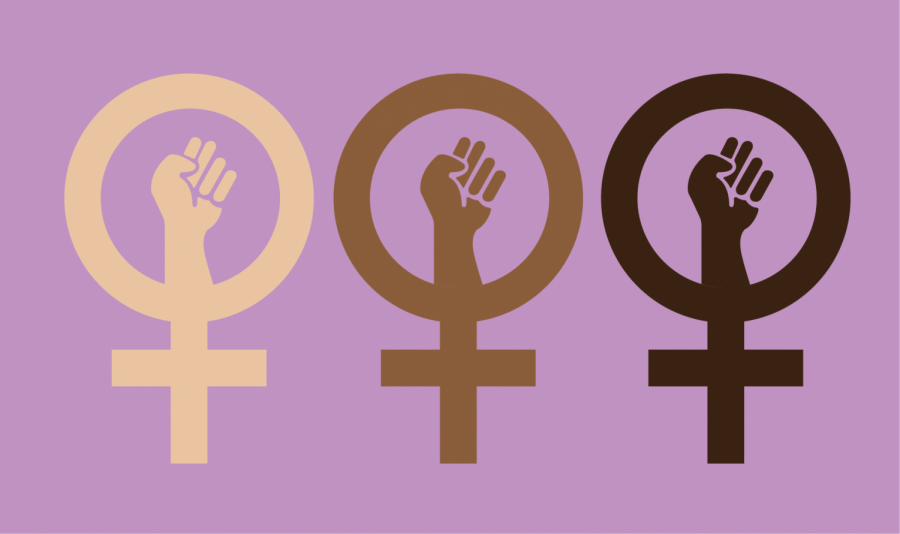Feminism needs to be intersectional
Apr 10, 2019
Last updated on May 1, 2019 at 09:48 a.m.
As the saying goes, behind every great man is an even greater woman. But as more and more people are recognizing the validity of the gender equality movement, behind every great man is not a woman; rather, she is beside him, and she is with him. Though the understanding of what feminism actually means has come a long way since the days of labeling feminists as man-hating anarchists, people still haven’t grasped the concept of intersectional feminism.
Simply put, there cannot and will not be a revolutionizing movement without intersectionality.
Feminism is, by definition, the “theory of the political, economic and social equality of the sexes.” Intersectional feminism, on the other hand, recognizes the cross-section of the different types of oppression women are experiencing. In the fight for gender equality, we cannot leave behind women of color, who face additional discrimination because of their race; for them, discrimination is not exclusive to their gender as traditional feminism might suggest.
This notion applies to a wide scope of cross-sectional identities people tend to gloss over: race, socioeconomic status, gender identity and physical ability. A transgender person of color with a disability cannot prioritize which part of their identity is in most need of liberation. Society should not expect all women to fit the script of a one-size-fits-all movement that belongs to white, middle-class, cisgender, heterosexual and able-bodied women.
Get The Daily Illini in your inbox!
Looking at intersectionality in the context of violence, research finds bisexual women to be far more likely to experience sexual violence than other women. Of the people murdered in LGBT-based hate crimes, 78 percent were people of color.
So while all women are at risk for gendered violence in the United States, some groups of women are far more at risk.
It would be narrow-minded to restrict the feminist movement to exclusively focus on women without considering the other layers of inequality that minority women face. Take the gender pay gap: A woman makes approximately 72 cents to every dollar that a man makes, but that’s not the full story. Compared to a white man’s dollar, a white woman makes 72 cents, an African-American woman 64 cents and a Hispanic woman 56 cents.
If intersectionality isn’t recognized as an integral part of this movement, it won’t just be men who have left behind women; white women will have also left behind women of color.
The “women first” trap takes away from solving the broader systemic issue of inequality because it disproportionately affects minority groups. Systems of oppression will overlap, and the discriminatory effects will be compounded, but focusing on intersectionality will allow society to directly address the problem at its core, not cherry-pick which issue is more important — because they’re all important.
Someone once told me there’s a crack in everything, and that’s how light gets in. But cracks are also what is responsible for things falling apart, and if we aren’t intersectional in our fight for equality, the most vulnerable and marginalized are going to fall through those cracks.
Alice is a freshman in LAS.






